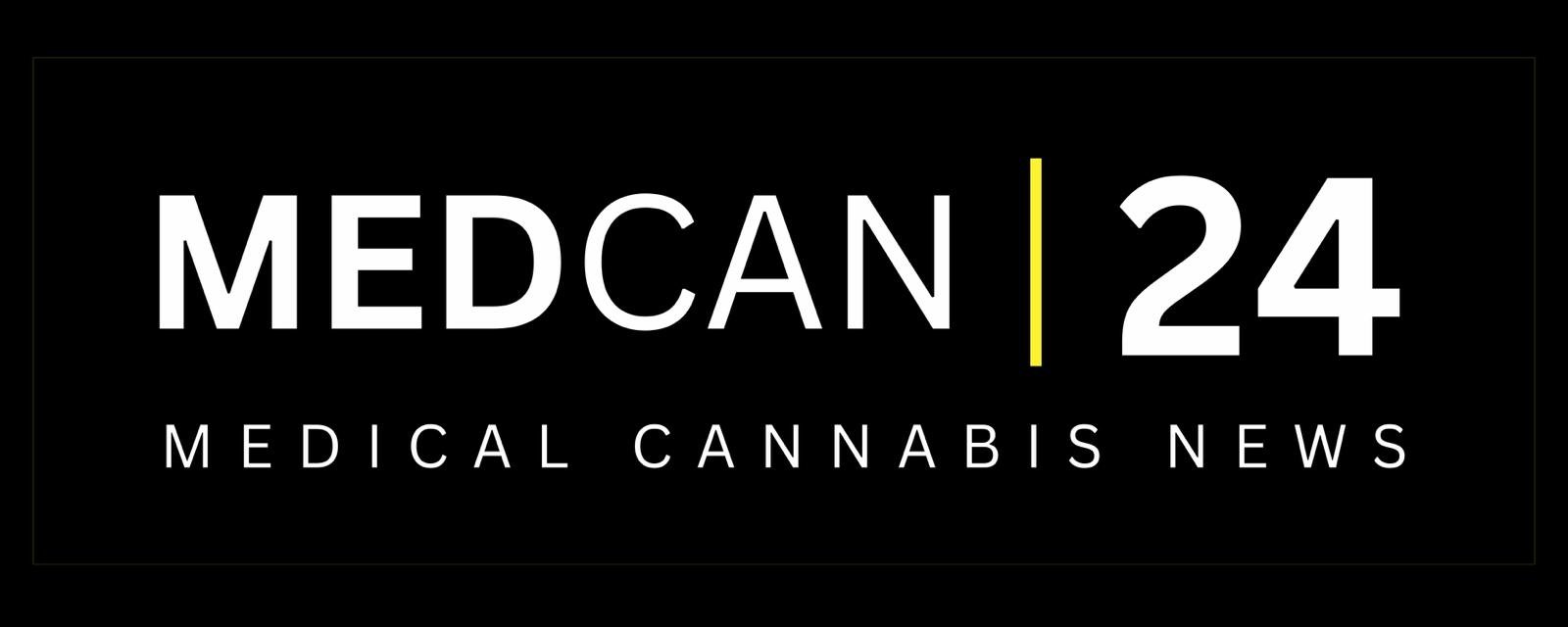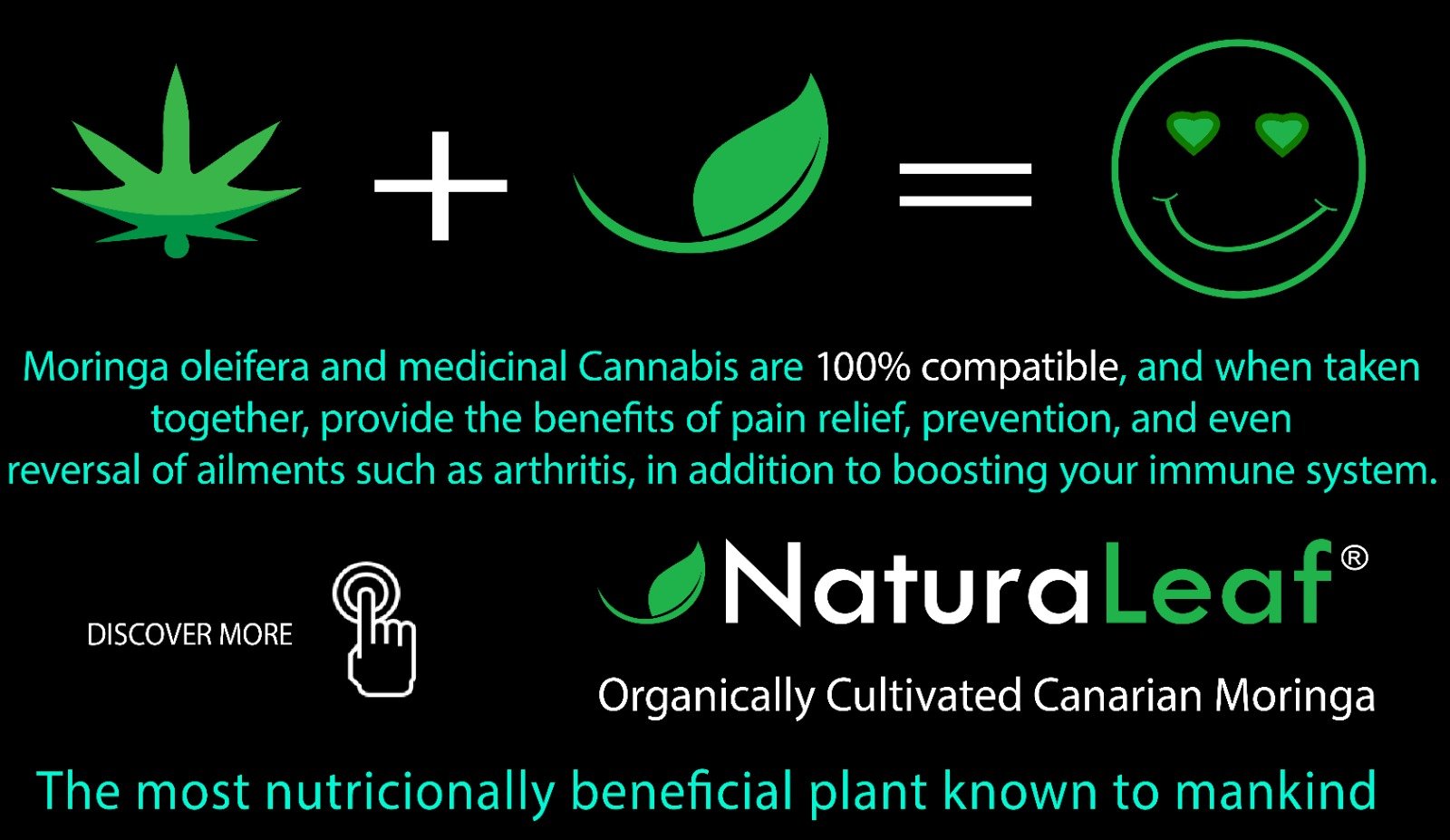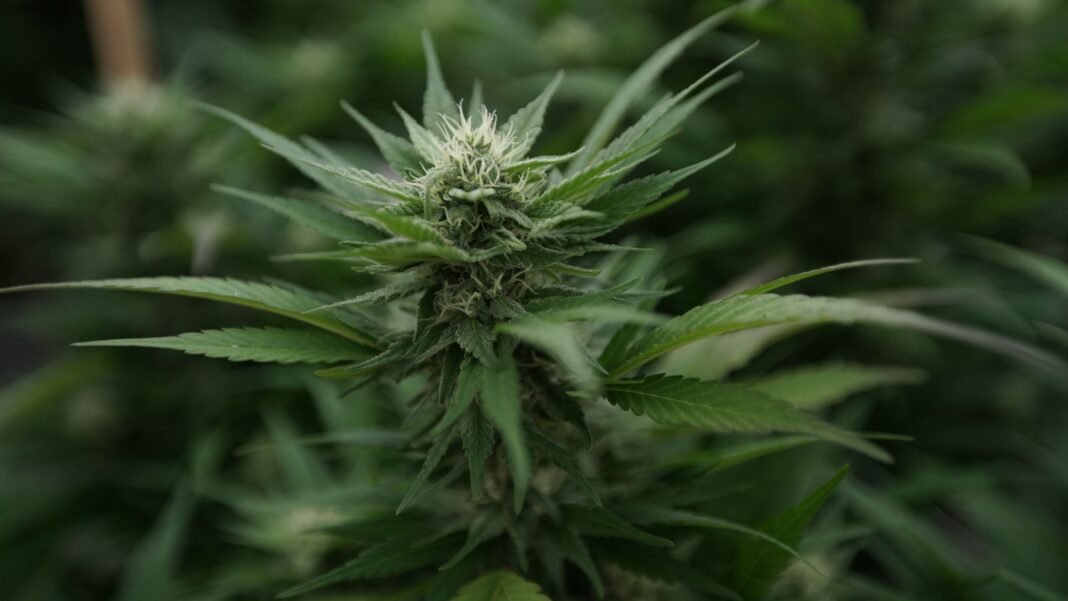On Monday, a federal health agency hosted an important marijuana prohibitionist organisation for a conference on trends in cannabis consumption and prevention of youth use. It gave them a large platform to discuss a reform agenda.
Kevin Sabet (President of Smart Approaches to Marijuana, SAM) was invited to present at a Webinar by Substance Abuse and Mental Health Service Administration to discuss cannabis-related emergencies, the potential negative impact of legalization in states, and how to deter youth from using marijuana.
As the conversation began, Rear Adm. Christopher Jones (Director of SAMHSA’s Center for Substance Abuse Prevention) gave an overview of data showing “a rising trend in marijuana consumption” and the potential dangers.
“What we want to do is unpack the data underneath these trends today,” said he. The recent increase is worrying when you look at the past month’s marijuana consumption.
Jones admitted that the youth marijuana usage rates in the last few years have “been a bit flatter” than the rising adult cannabis use rates. However, no one discussed how this might relate to the regulation of markets for adults that require IDs for underage persons to access the products. The event did not address a question from MEDCAN24 about this issue.
Sabet accused industry players and pro-legalization activists of selectively using data to promote trends in youth consumption, showing that the legalization was not linked with a rise among this cohort.
“What you will find the industry often do is cherry pick some of those studies and find one or two states in the timeframe that suits them to show that there was a decrease—you know, remarkably worse there—or there was no increase, they often say, because it’s even hard for them to say there’s a decrease,” Sabet said. This is almost impossible. “But they can fiddle the numbers so that it appears there is no increase.”
SAMHSA has just released this summer data that shows youth cannabis consumption is stable despite state legalization.
A Johns Hopkins University research assistant also spoke at a July webinar, where she acknowledged that while cannabis use among adults is on the rise as more and more states are legalizing it, usage by teens has generally been flat or down.
A report from the advocacy group Marijuana Policy Project (MPP), for example, found that youth marijuana use declined in 19 out of 21 states that legalized adult-use marijuana—with teen cannabis consumption down an average of 35 percent in the earliest states to legalize. Data from several national and local youth surveys was cited in the report, such as the Monitoring the Future Survey (MTF), sponsored by the National Institute on Drug Abuse.
Sabet remained firm in his belief that the industry was promoting an incorrect narrative about the problem.
Big Tobacco is our playbook to combat this kind of misinformation. Sabet stated that the pharmaceutical industry has been misinforming us for years. “We see this with the alcohol industry, of course—but we of course see this with any other for profit industry that says that. We now see it with the cannabis business. “So that’s the reason we shouldn’t be surprised.”
SAMHSA, SAM and a few other representatives spoke to the audience of medical and health students from all over the United States. In its promotional materials for the webinar, SAMHSA praised SAM and said that the event would allow the audience to become familiar with its “ongoing initiatives and activities to combat the harmful effects associated with cannabis use”.
SAMHSA’s Jones presented a slide at one stage of the event that showed a graph showing marijuana as being associated with over 45 deaths for every 100,000 people by 2023. Although the presenters did not claim that cannabis is the only cause of death in the world, the conversation about the mortality of marijuana was in line with the overall anti-cannabis theme of the webinar.
Sabet disputed the idea that legalizing marijuana at state levels could reduce illicit drug sales. They claimed that there was no “significant” reduction in illegal drugs after the states passed the law.
This is not the general consensus. In a report by the United Nations on drug trends, published in 2013, it was acknowledged that legalizing marijuana in Canada, the United States, and other countries had likely led to a reduction in illicit markets while also reducing the arrest rate for cannabis-related offenses.
Studies in California and other states have found that when localities are allowed to choose not to be licensed as cannabis business, the illicit market is maintained.
It’s actually intertwined within the legal marketplace. So there isn’t this separation of, ‘Well, there’s the legal guys and the illegal guys.’ “We’re seeing lots of mixing,” Sabet explained. We’re seeing transnational criminal groups know how to adapt. “We’re seeing foreign governments, like the Chinese, get knowingly involved in marijuana cultivation.”
It was said that “that is extremely, exceptionally concerning”.
“I think that the tide is really turning,” I said. He said that in many ways the United States has rejected legalization more so than before.
Conversations took place as President Donald Trump promised last month that a decision would be made soon on the marijuana rescheduling plan. SAM has a strong opposition to this modest reform that would not allow cannabis to be legalized federally.
—
MEDCAN24 has been tracking the hundreds of bills relating to cannabis, psychedelics or drug policies that have passed through state legislatures as well as Congress in this past year. Patreon subscribers who donate at least $25 per month get full access to the interactive maps and charts as well as our hearing calendar.
Find out more about our marijuana law tracker. To gain access, become a Patreon supporter.
—
The drug policy reform movement has reacted negatively to the recent executive order signed by Trump, which targets harm reduction programs and specifically safe consumption programs.
Among the order’s directives is that the secretary of the U.S. Department of Health and Human Services (HHS) must “ensure that discretionary grants issued by SAMHSA for substance use disorder prevention, treatment, and recovery fund evidence-based programs and do not fund programs that fail to achieve adequate outcomes, including so-called ‘harm reduction’ or ‘safe consumption’ efforts that only facilitate illegal drug use and its attendant harm.”
SAM organized, with the help of nine Republican congressional members, a recent letter urging U.S. Attorney General to reject a proposal for marijuana rescheduling that they termed “corrupt” and “flawed”.
The anti-cannabis group also led a letter last month with a coalition of prohibitionist, law enforcement and religious groups, imploring Trump to oppose the cannabis rescheduling proposal and leave the drug in Schedule I.
Side Pocket Images. Image courtesy Chris Wallis.





